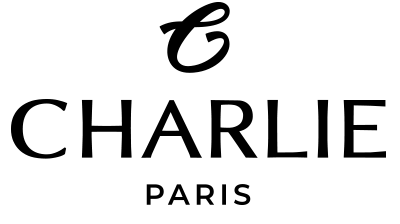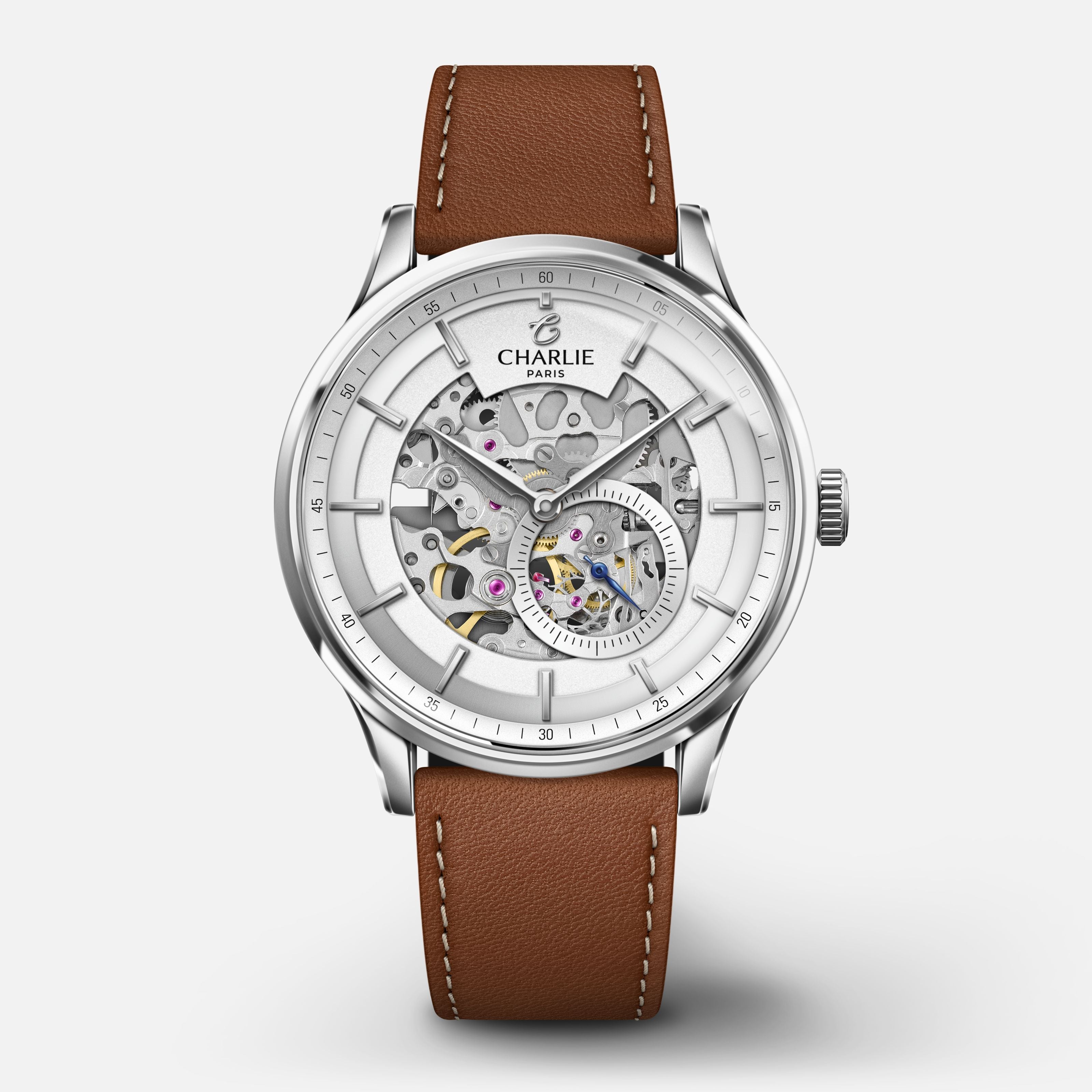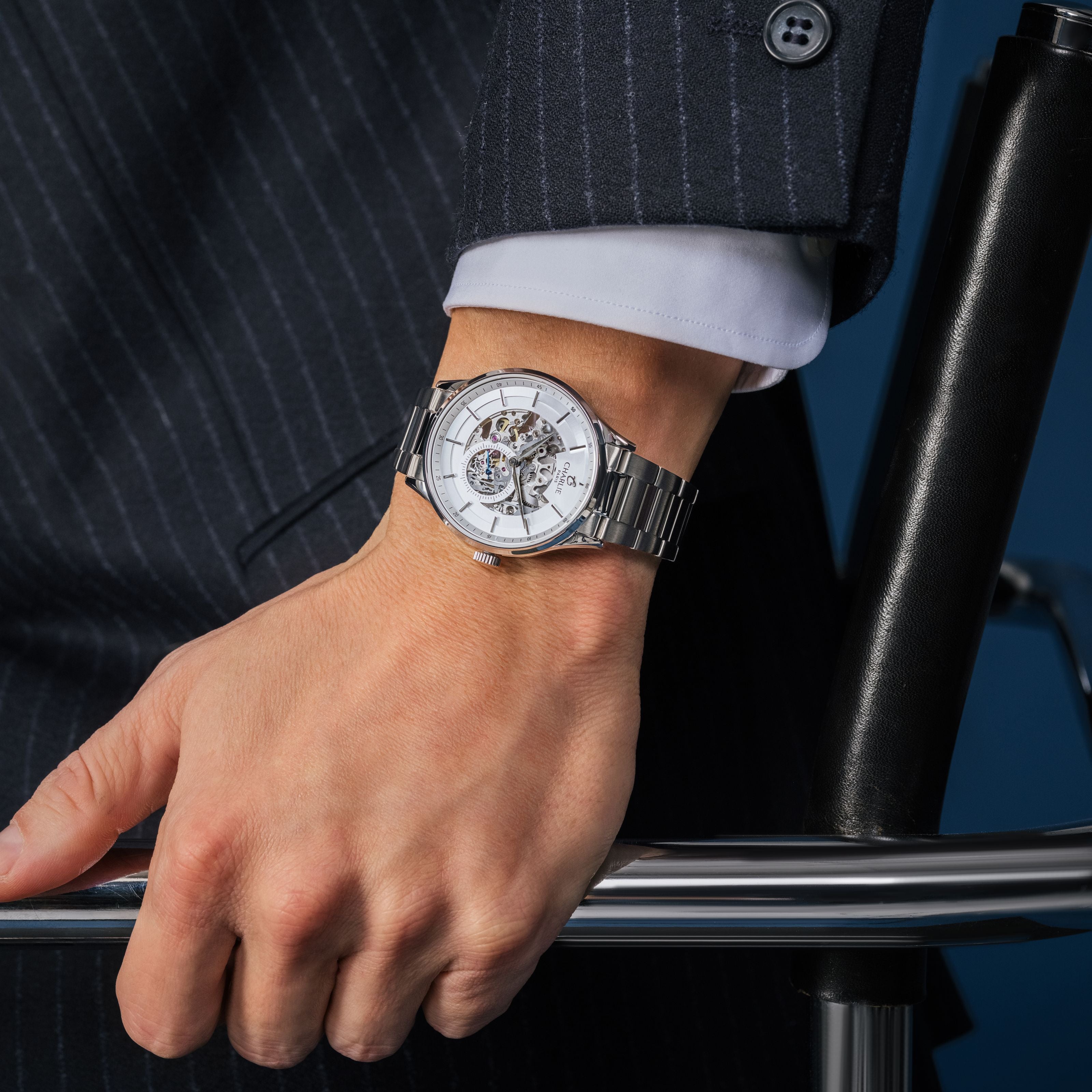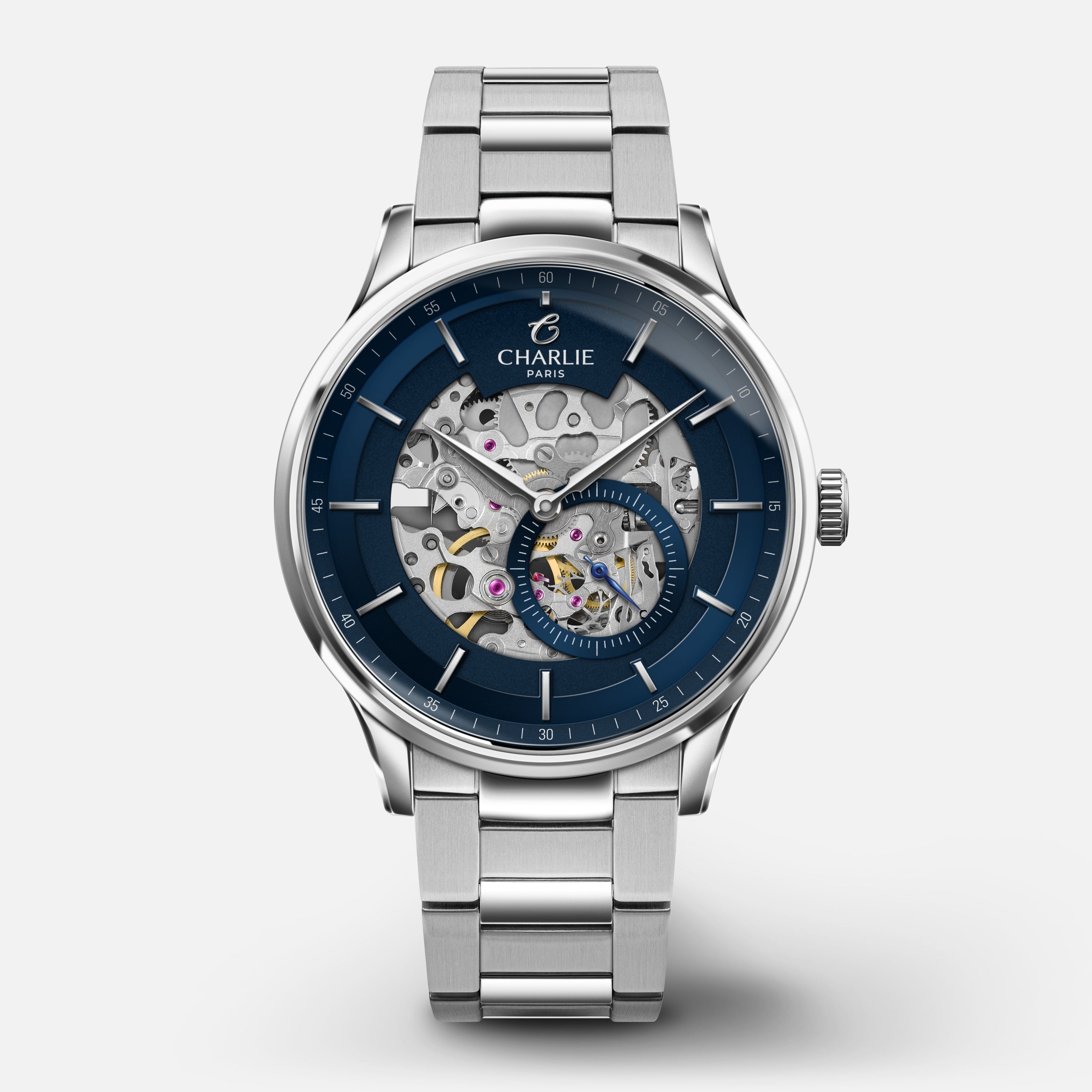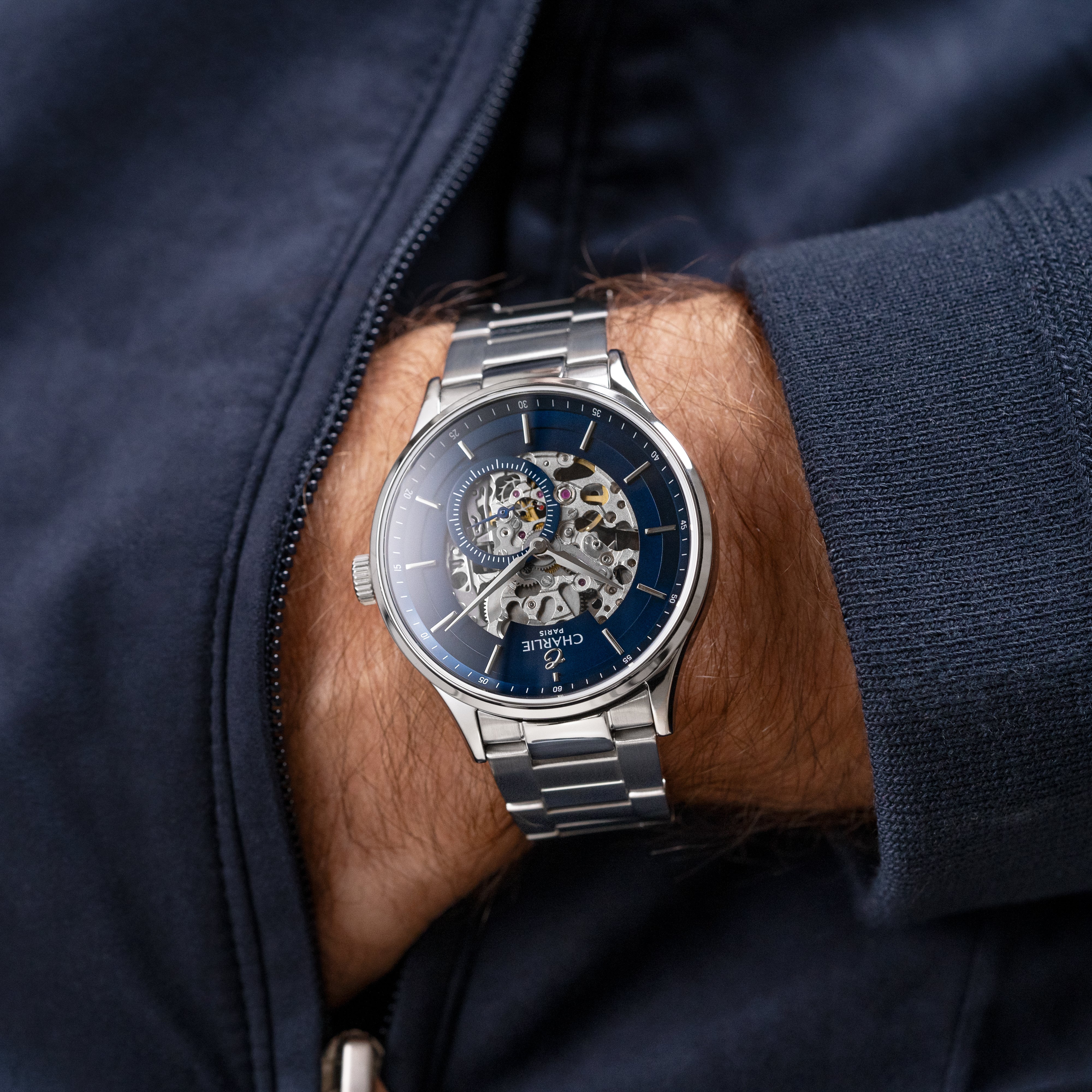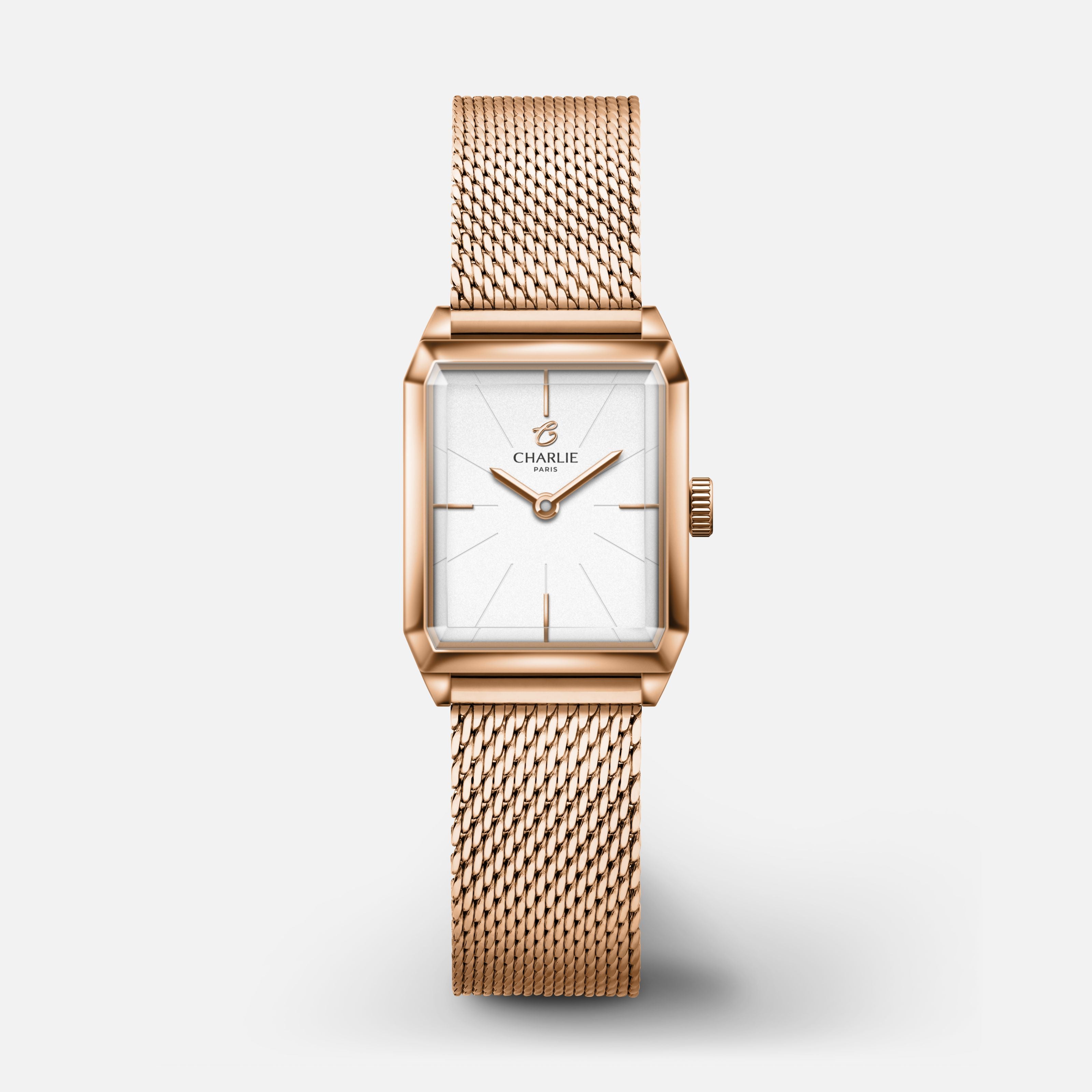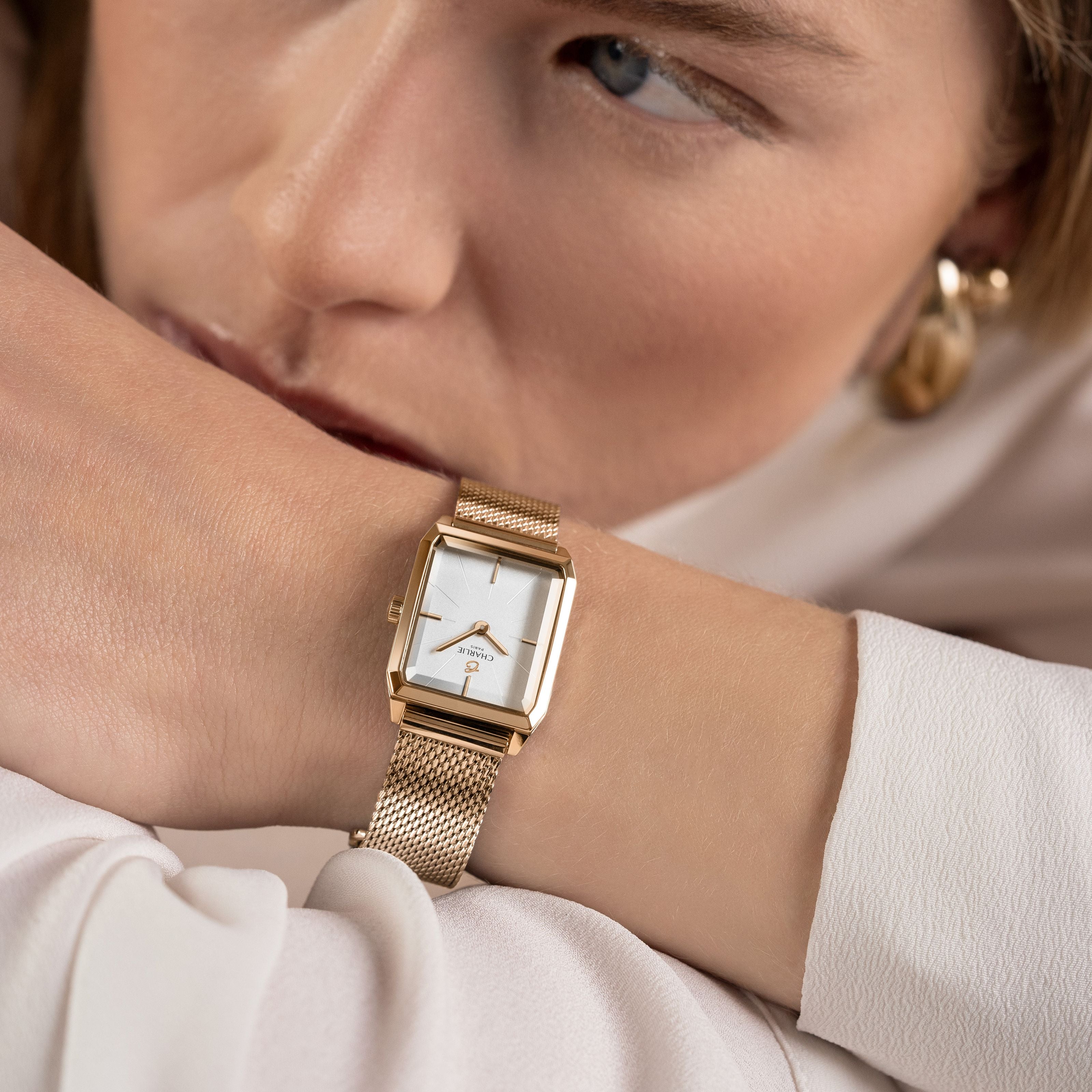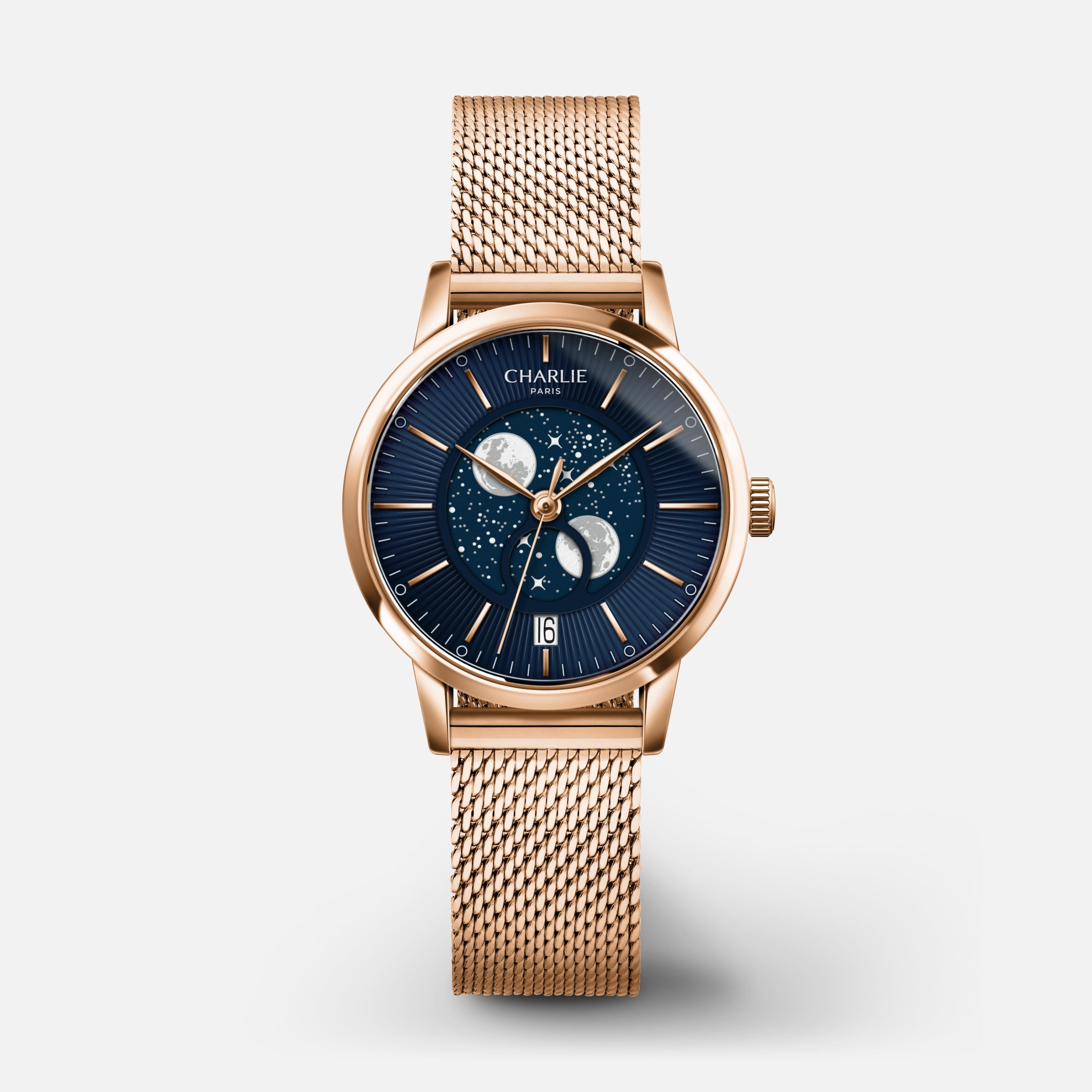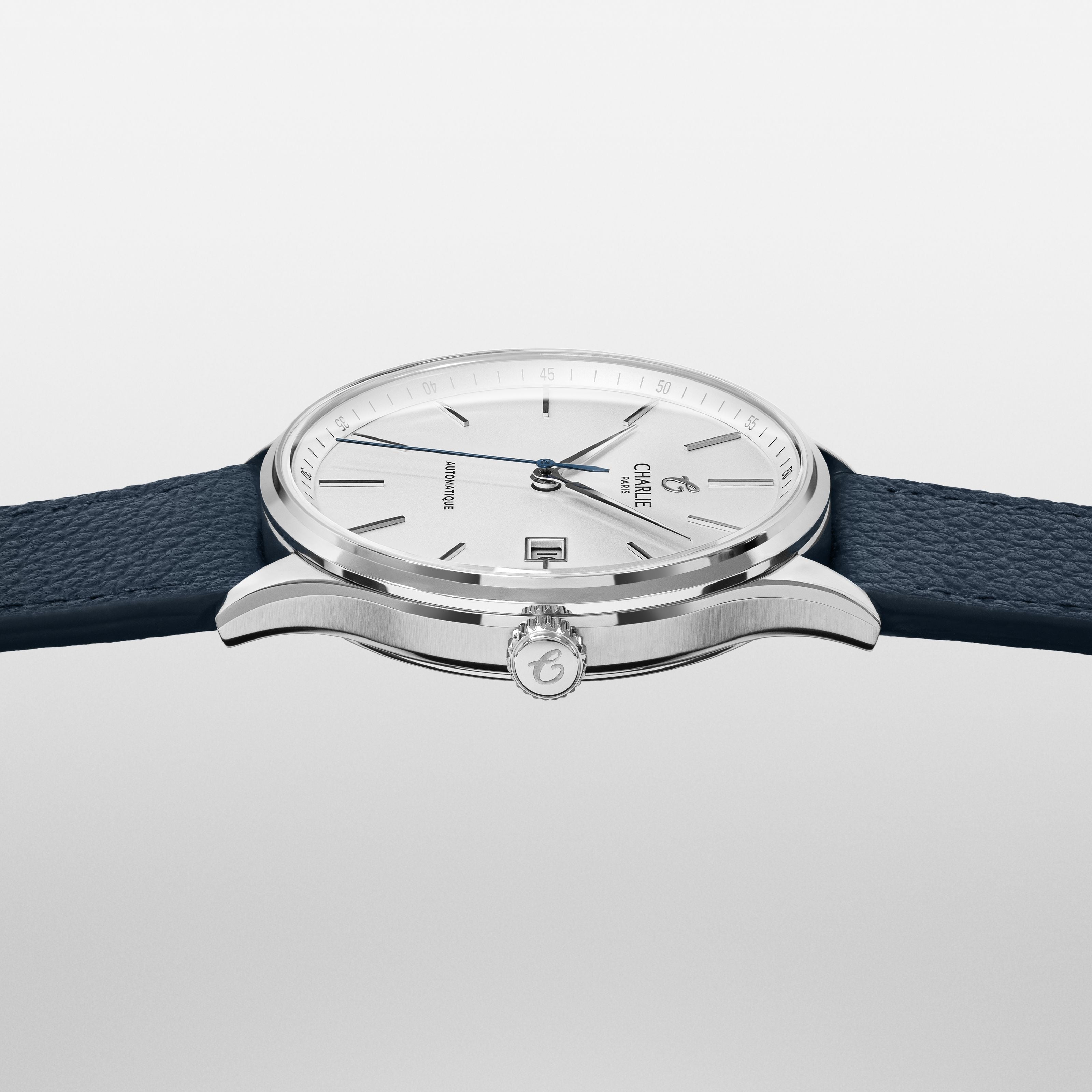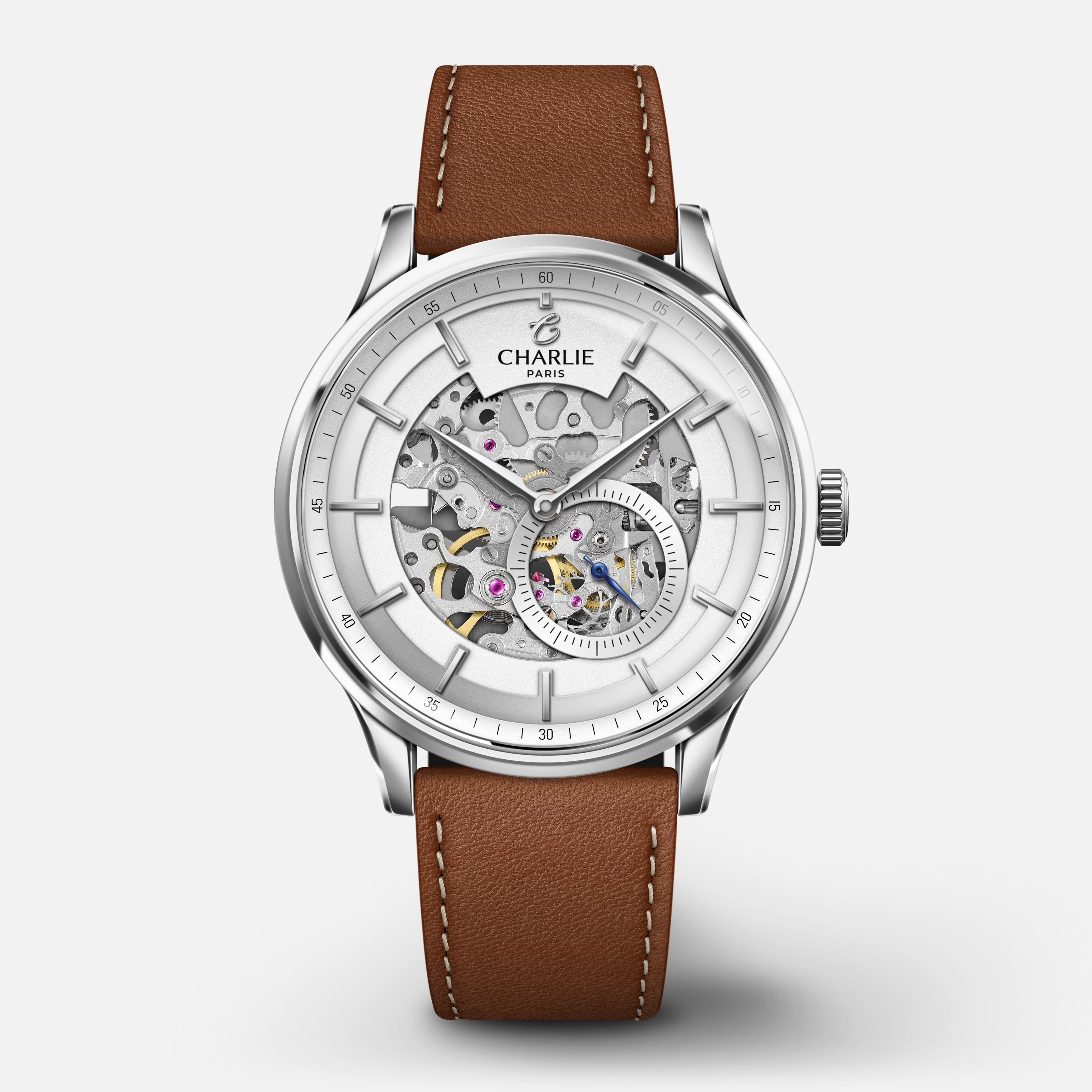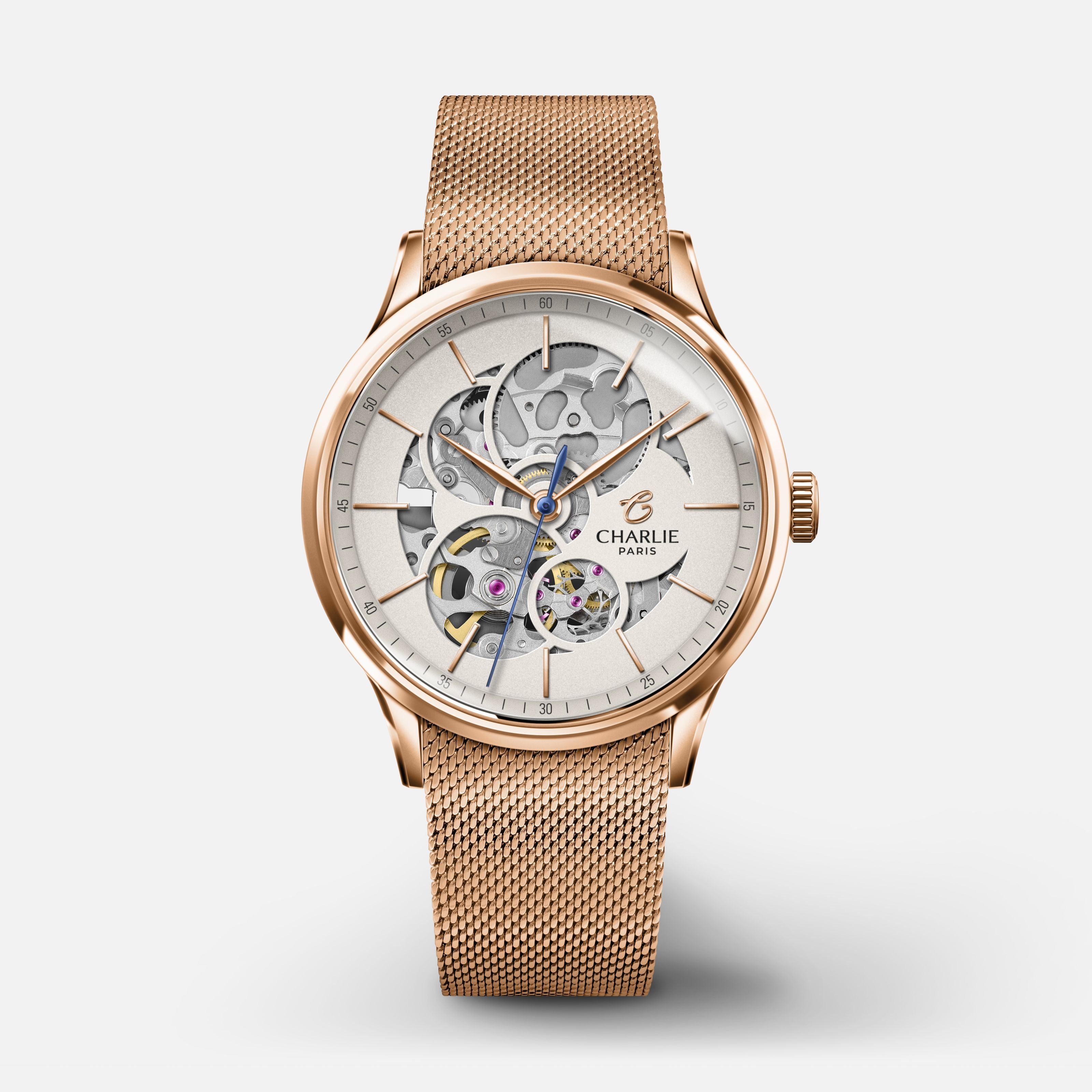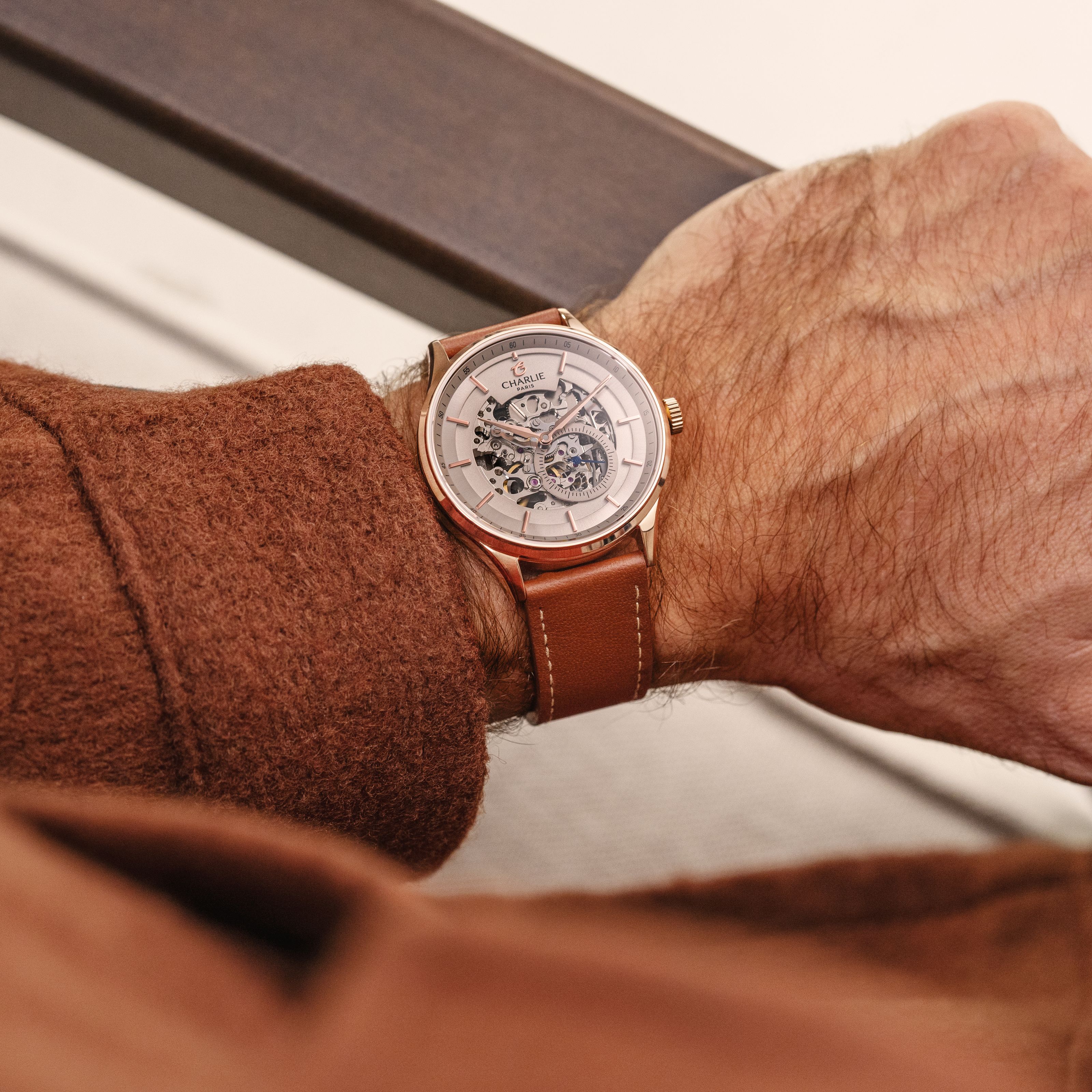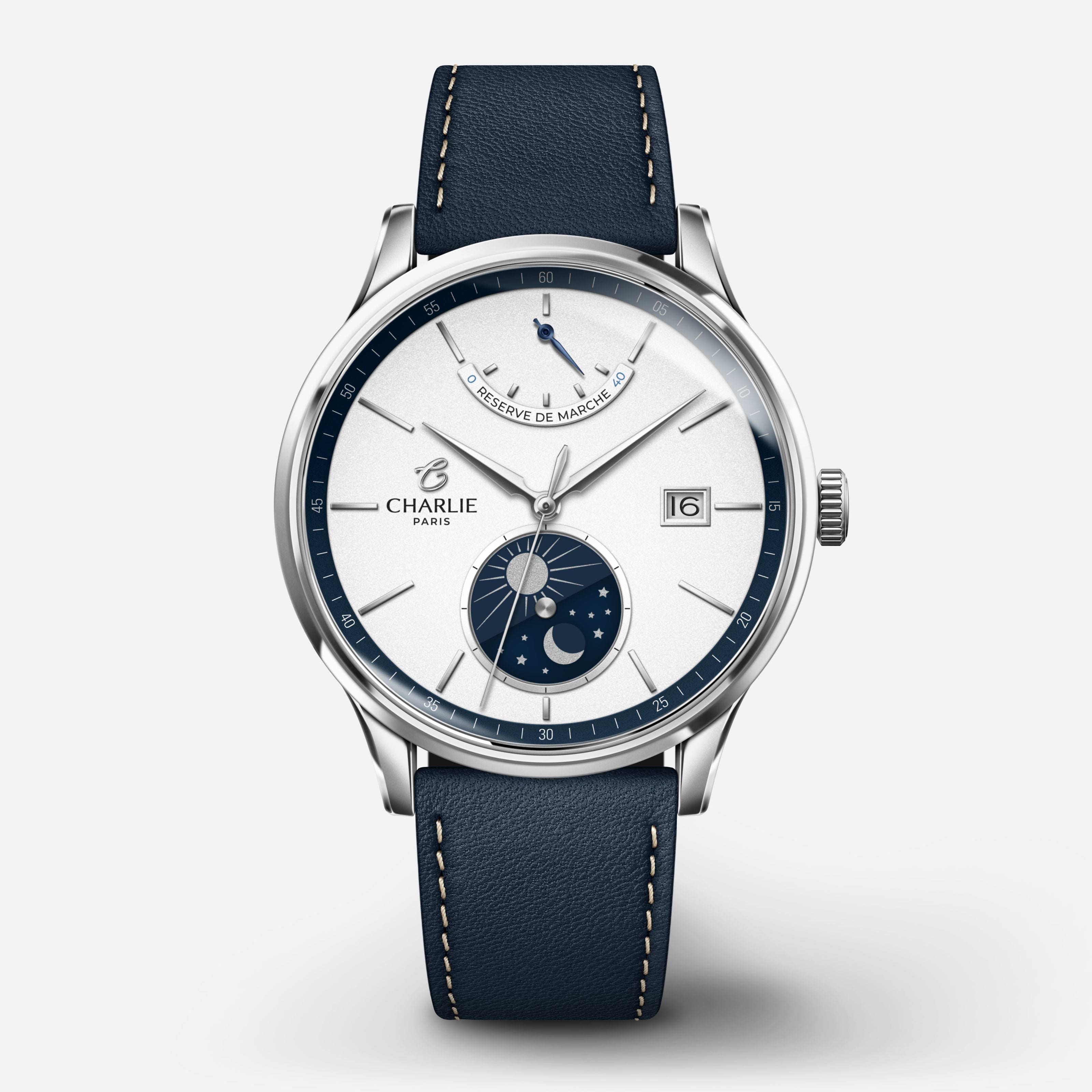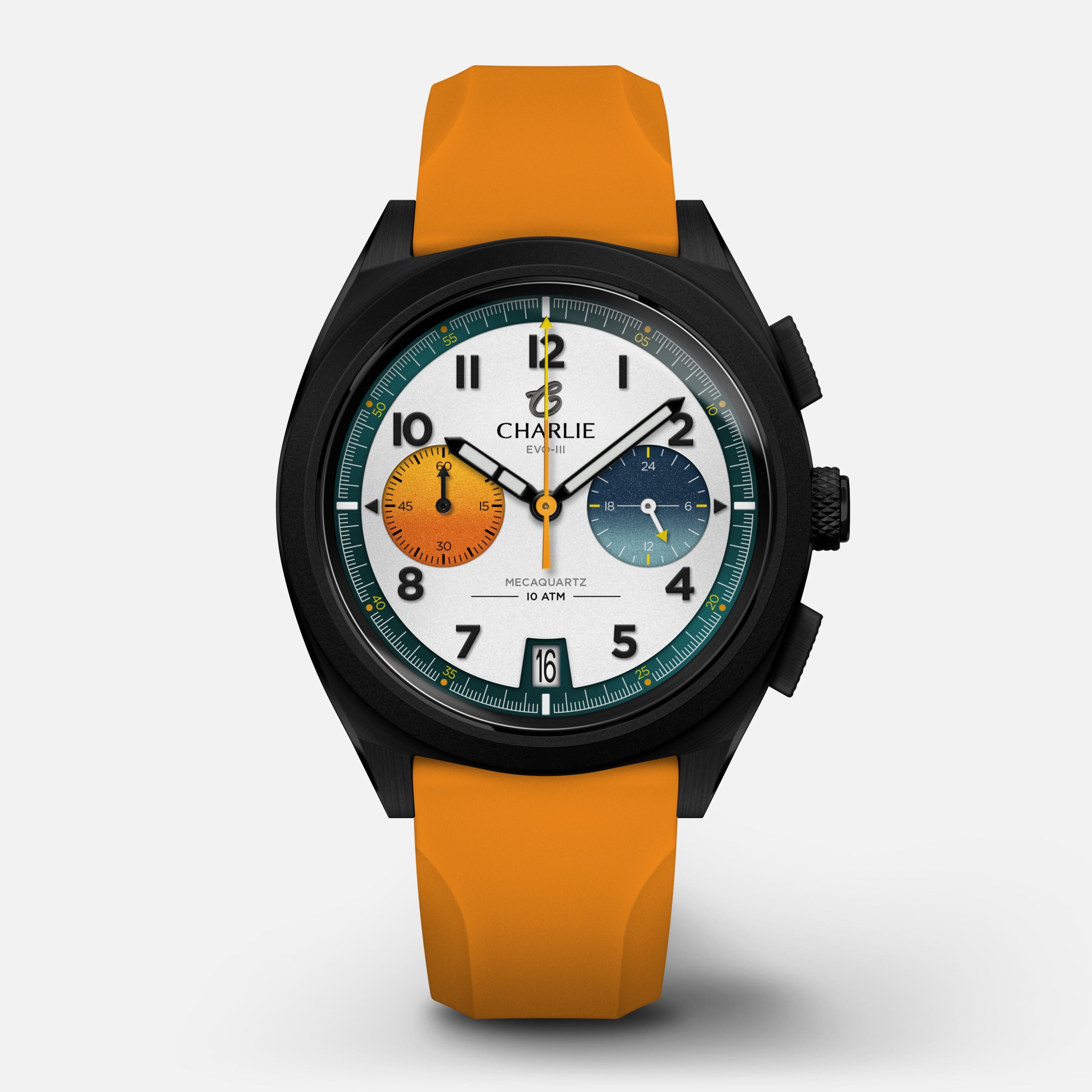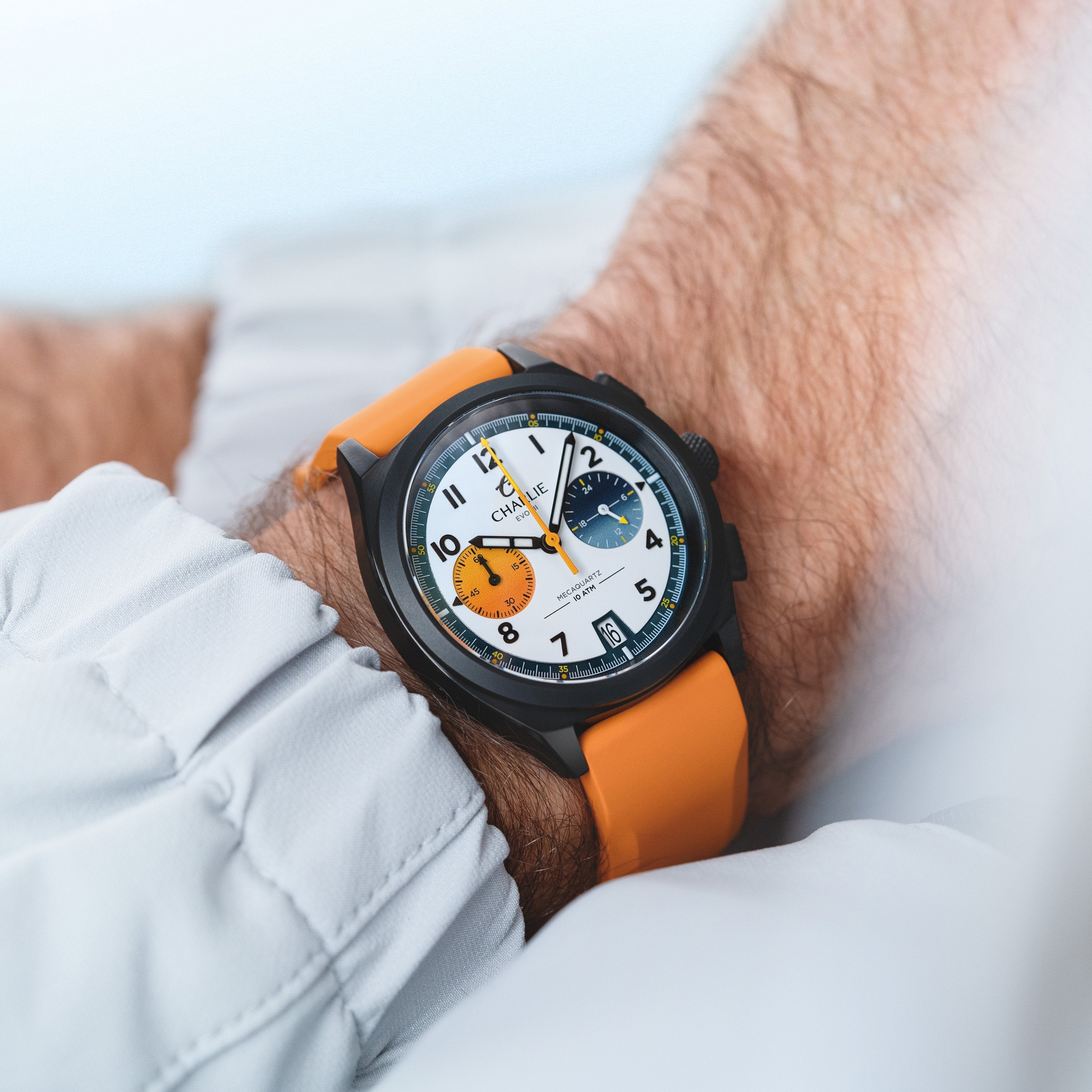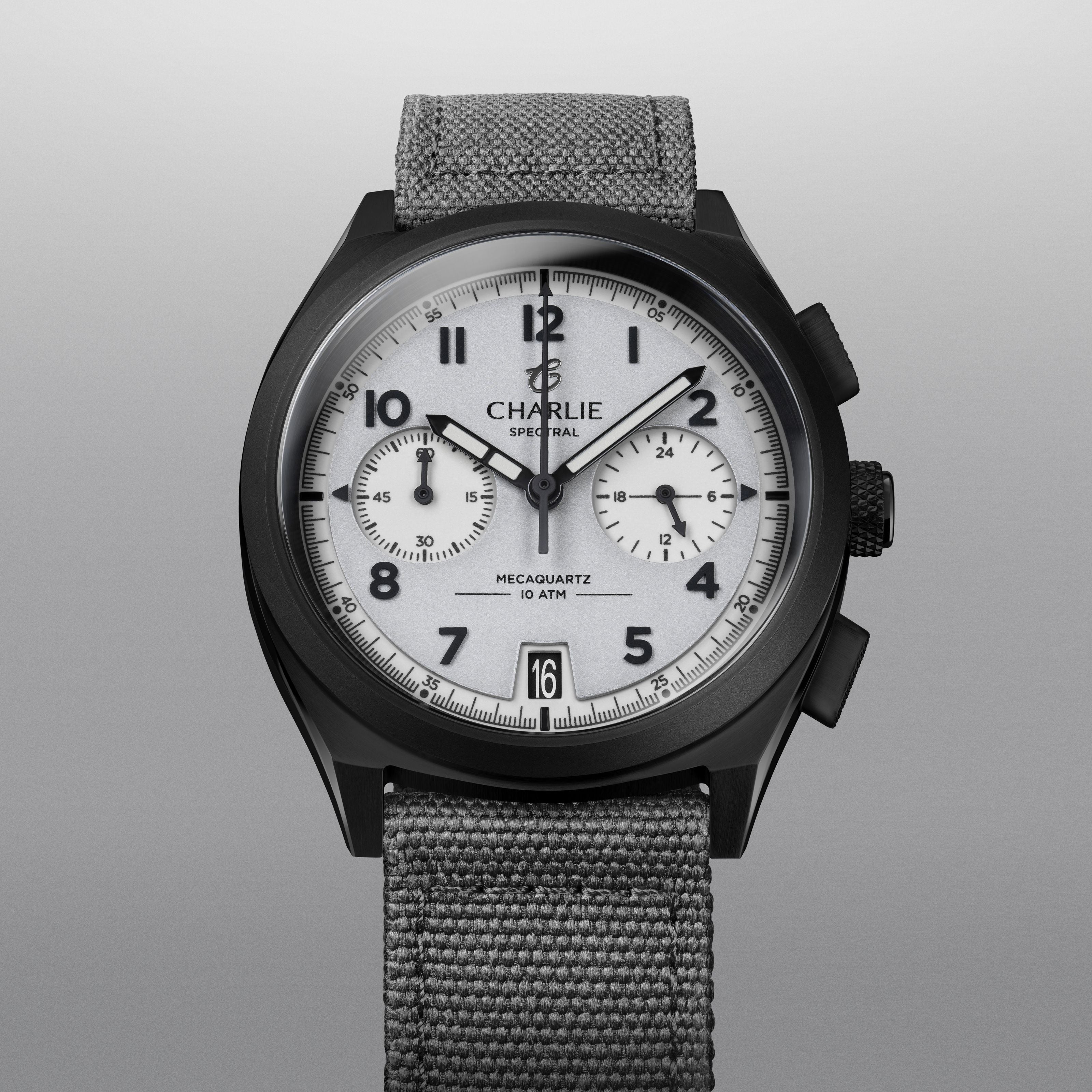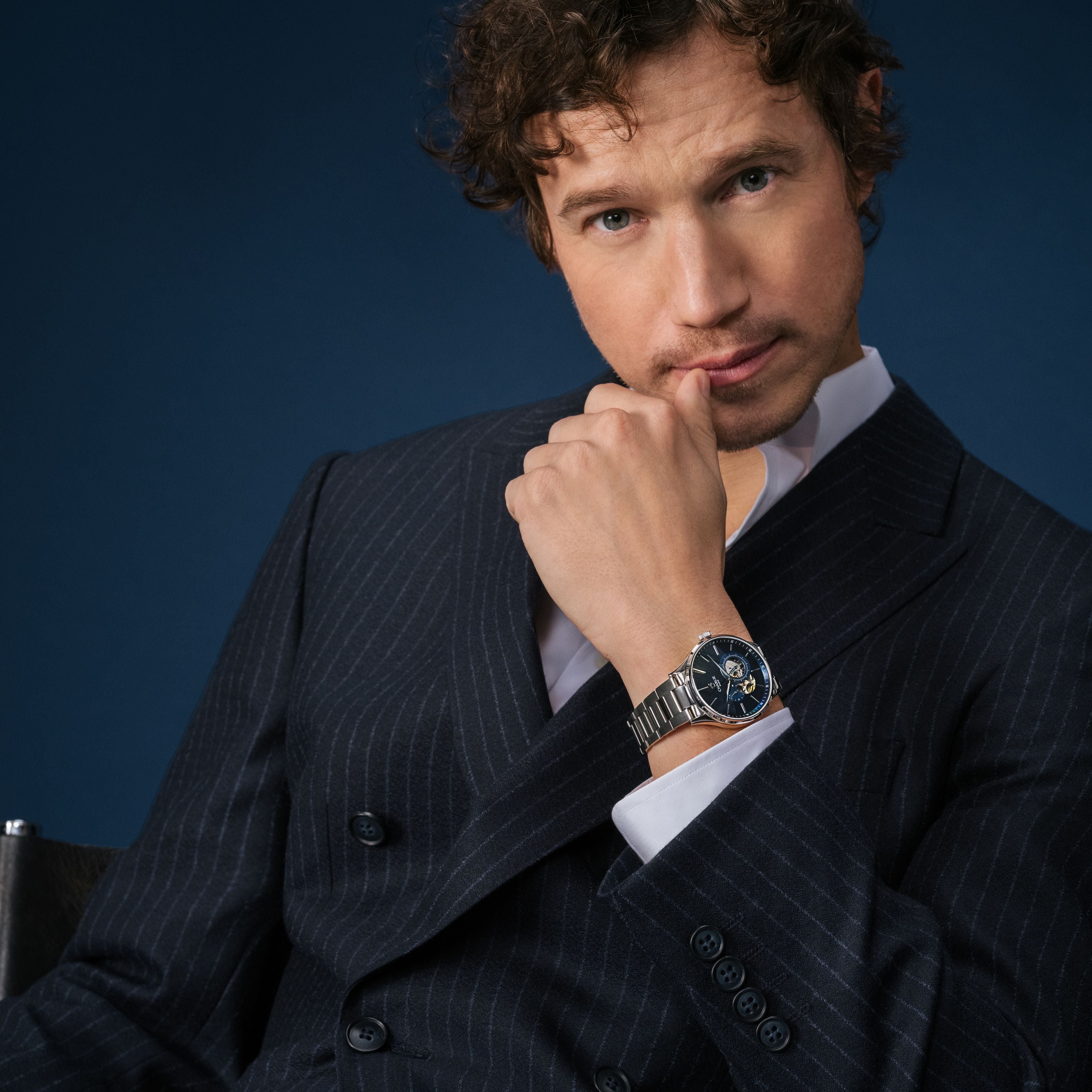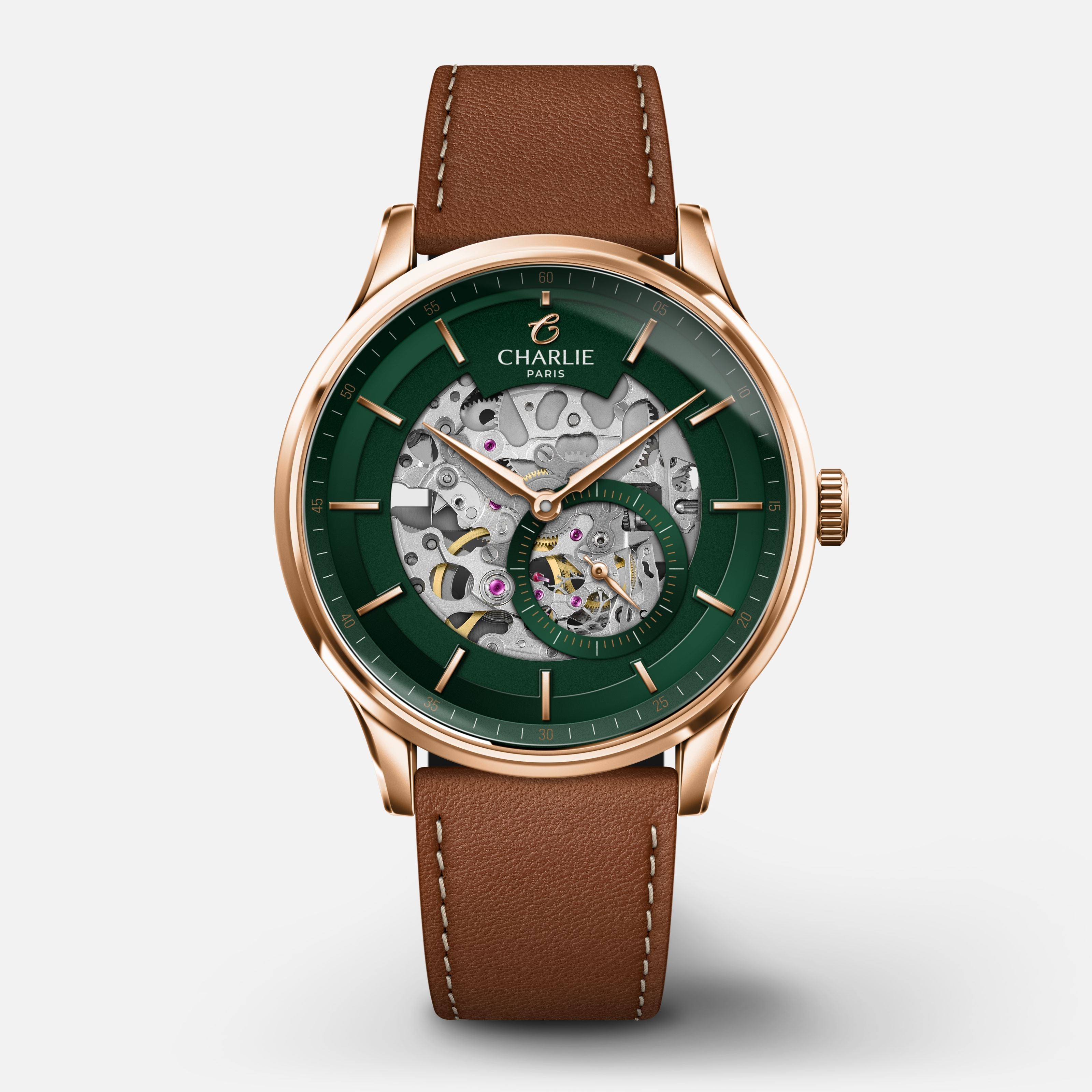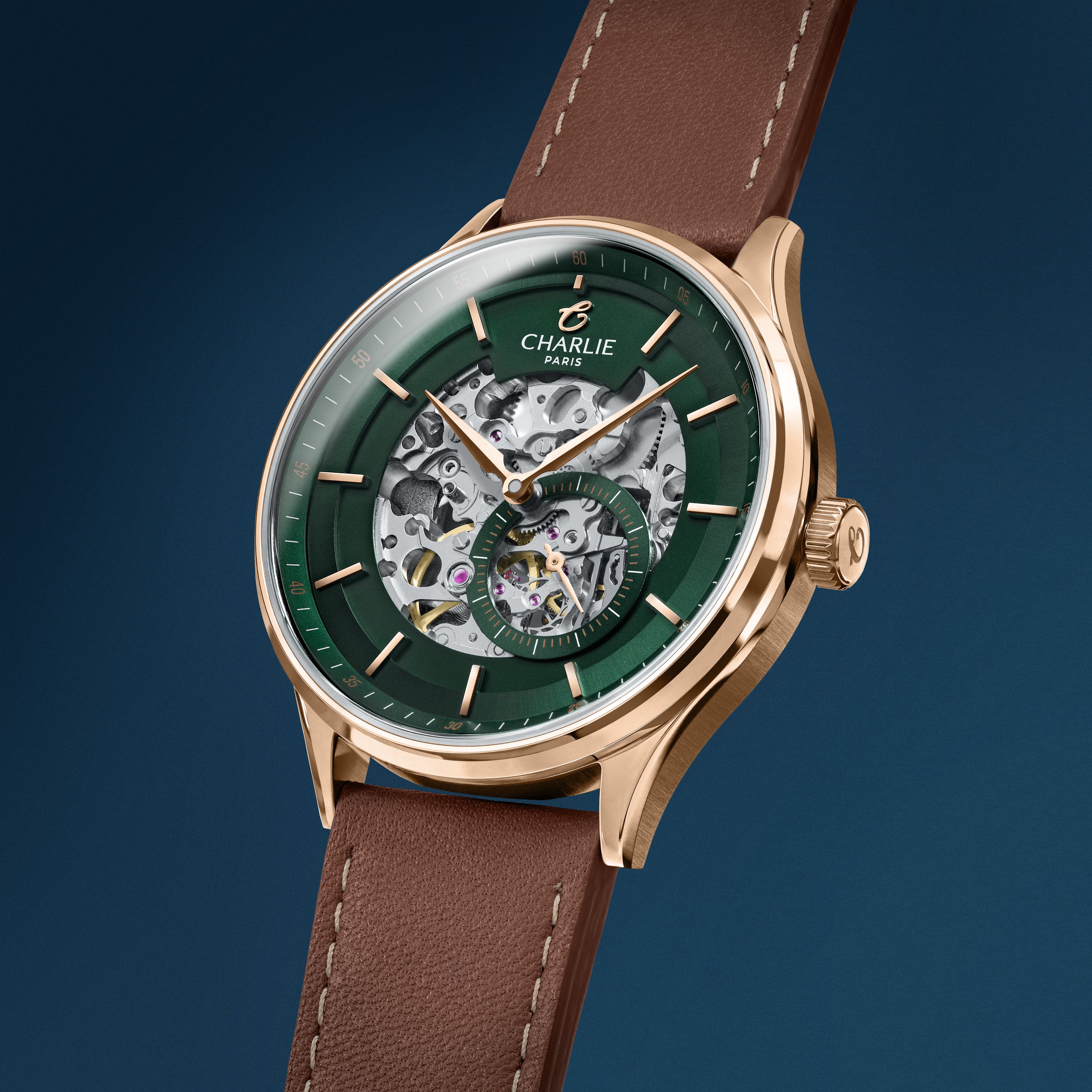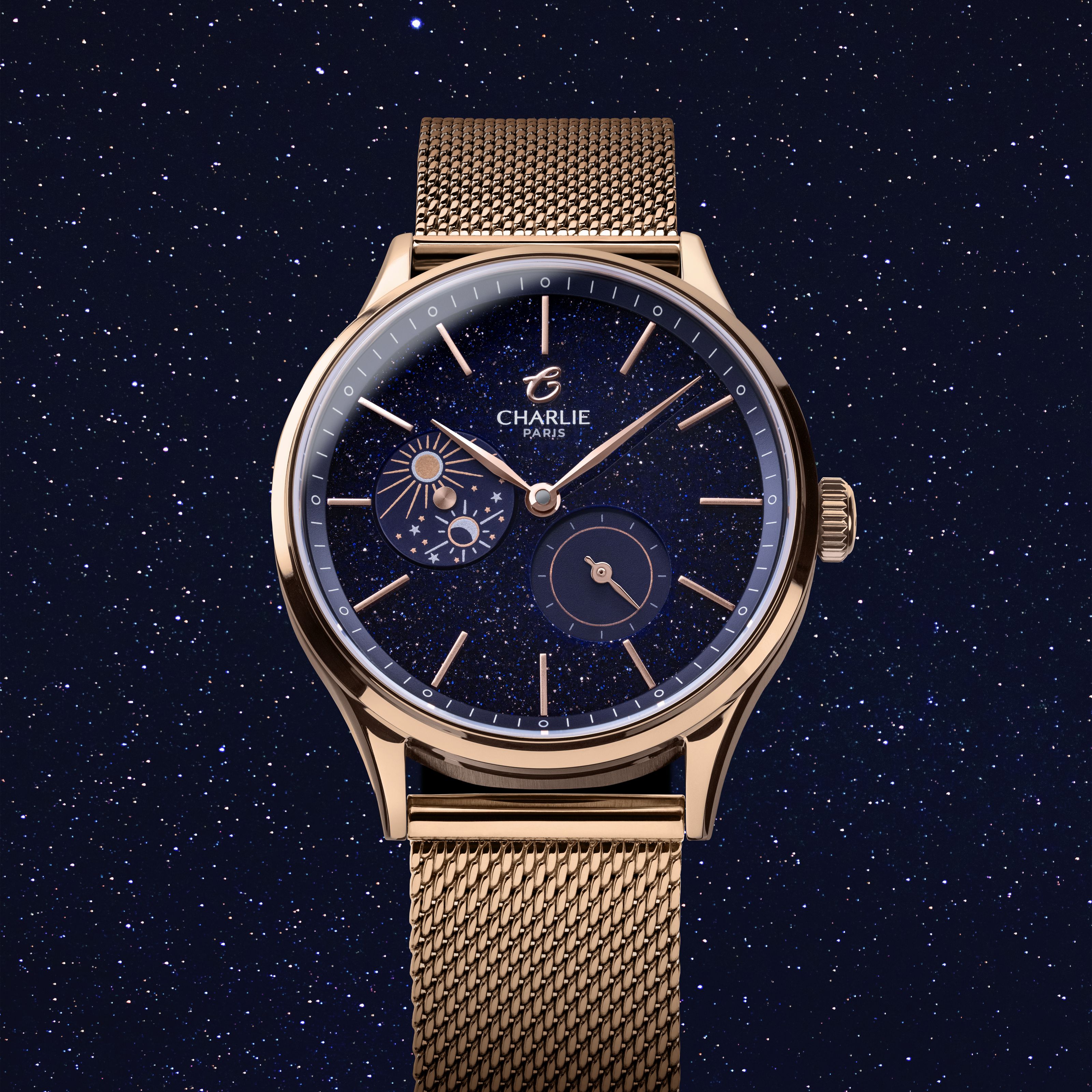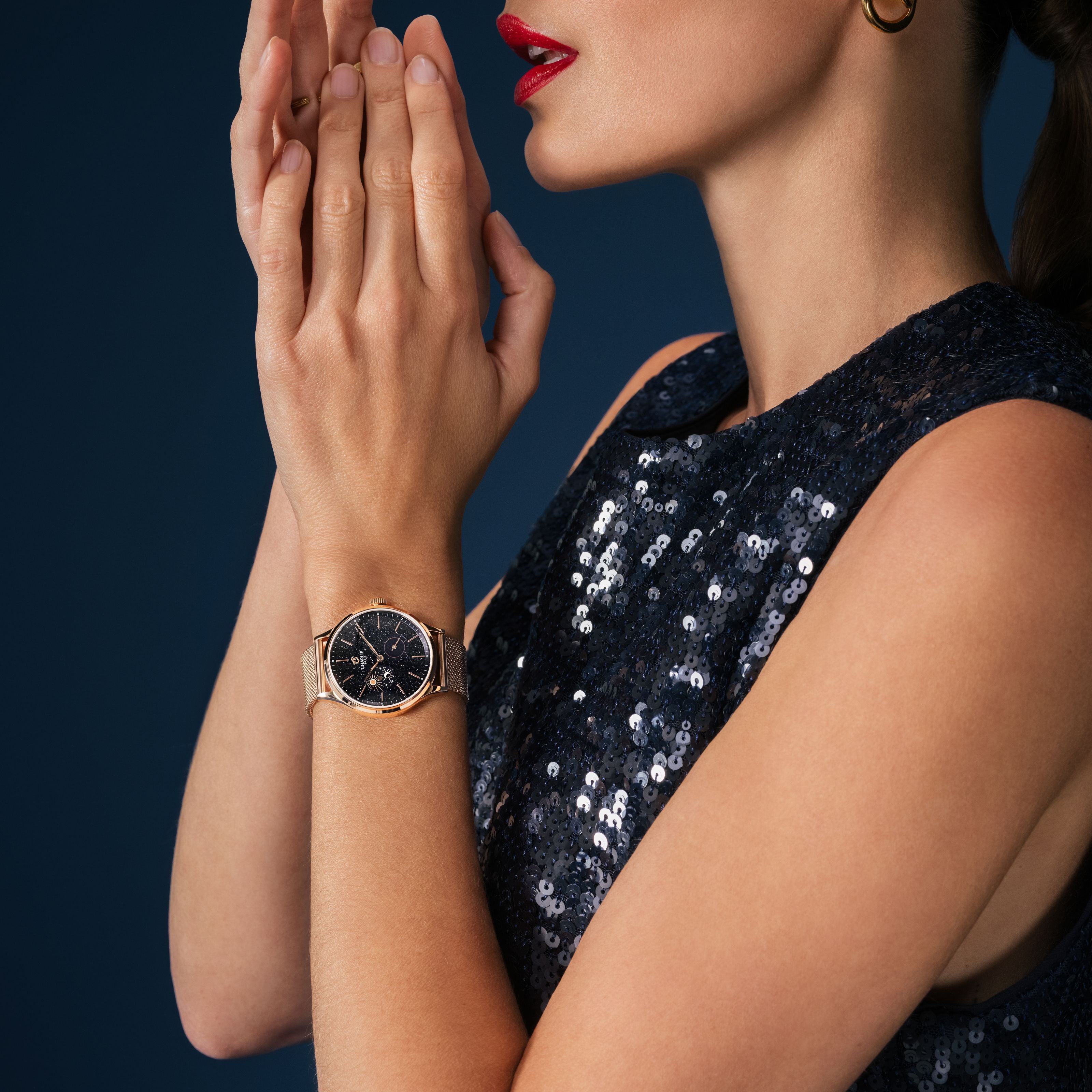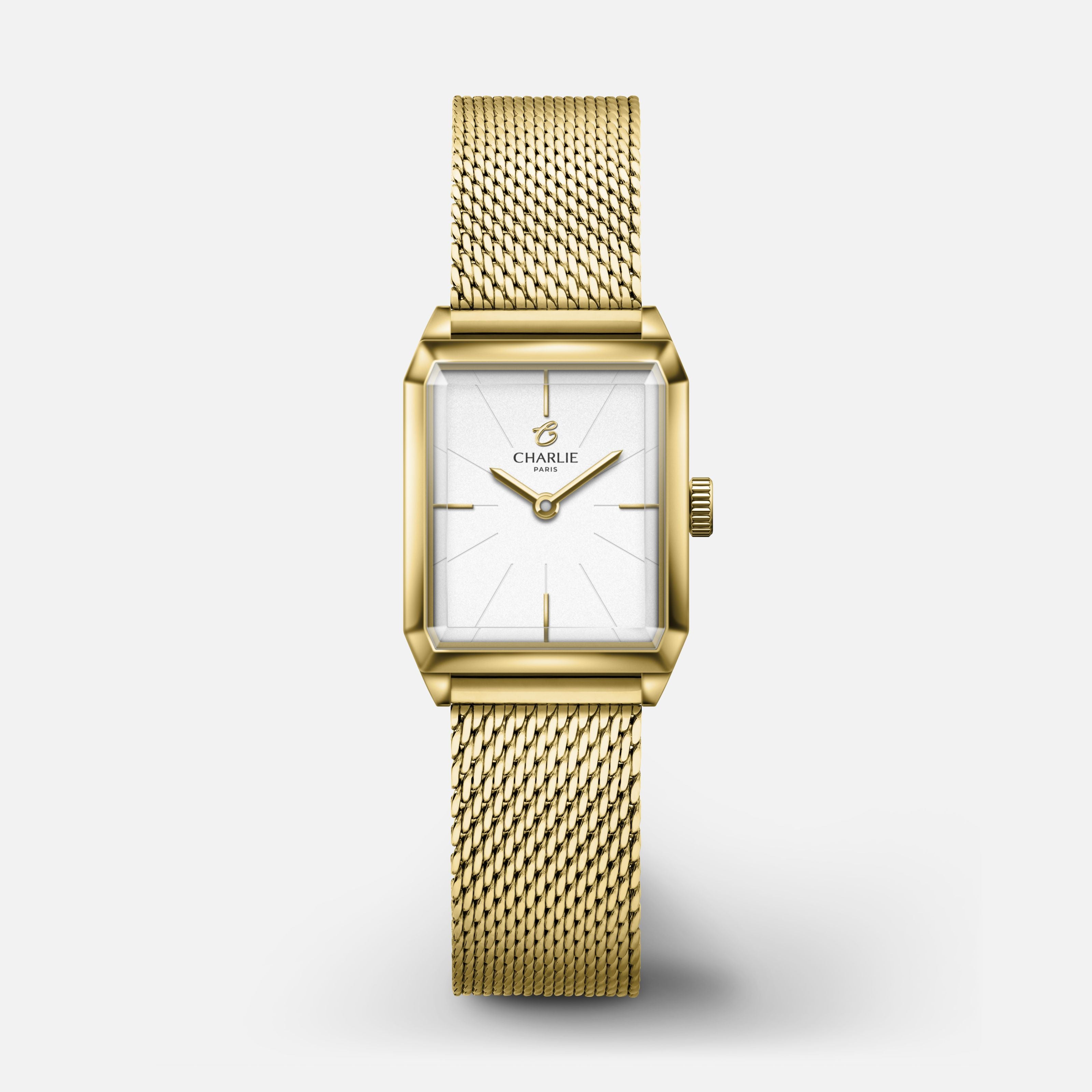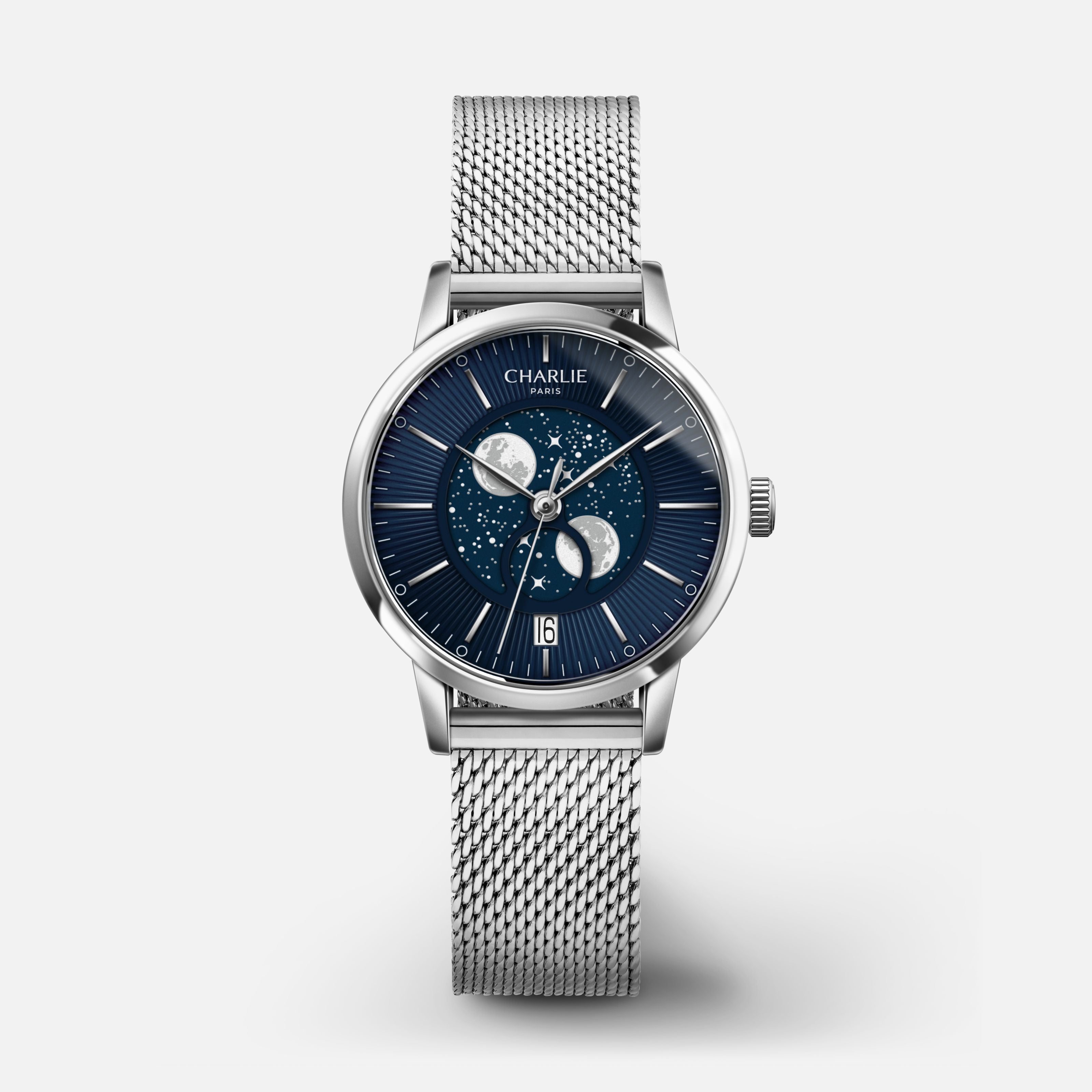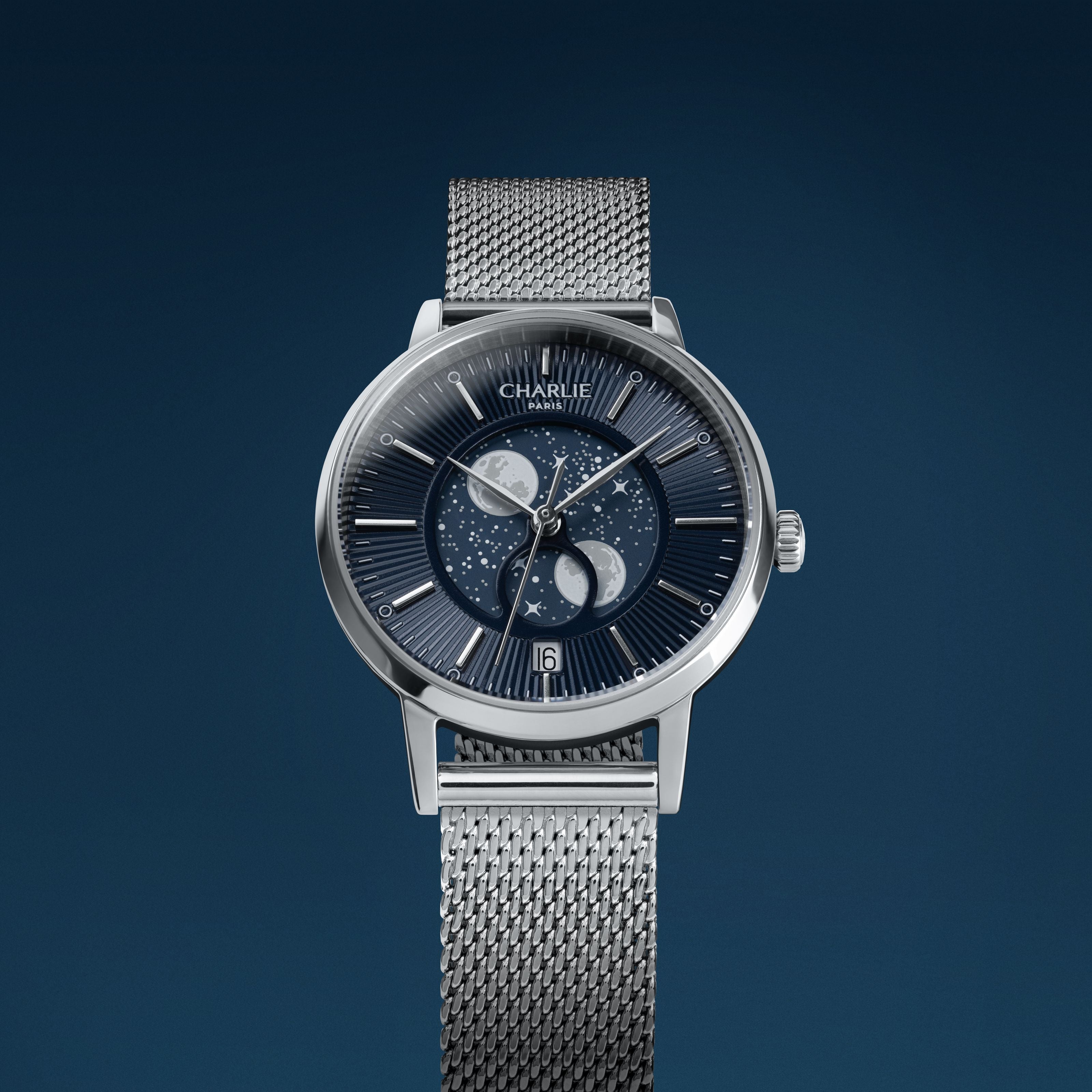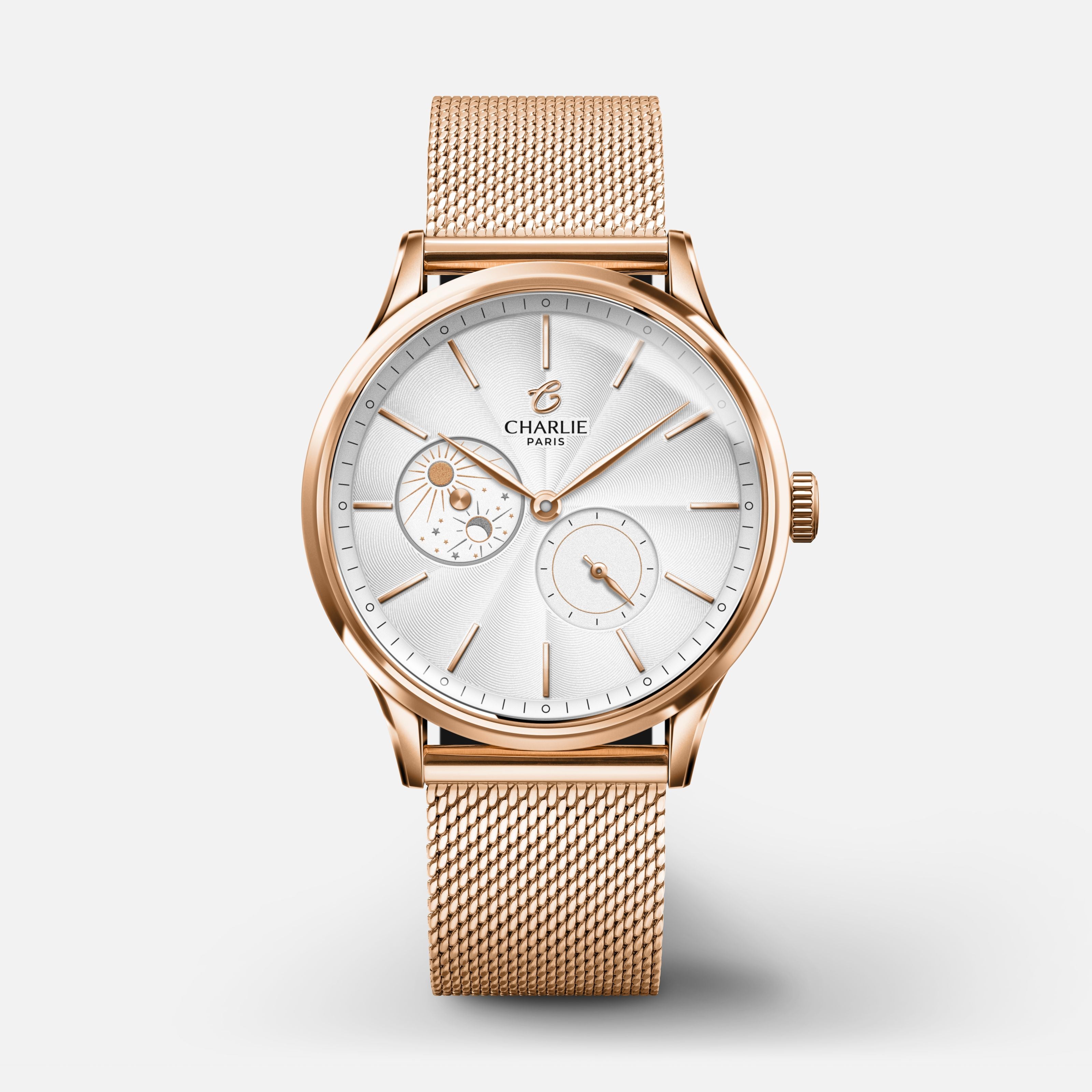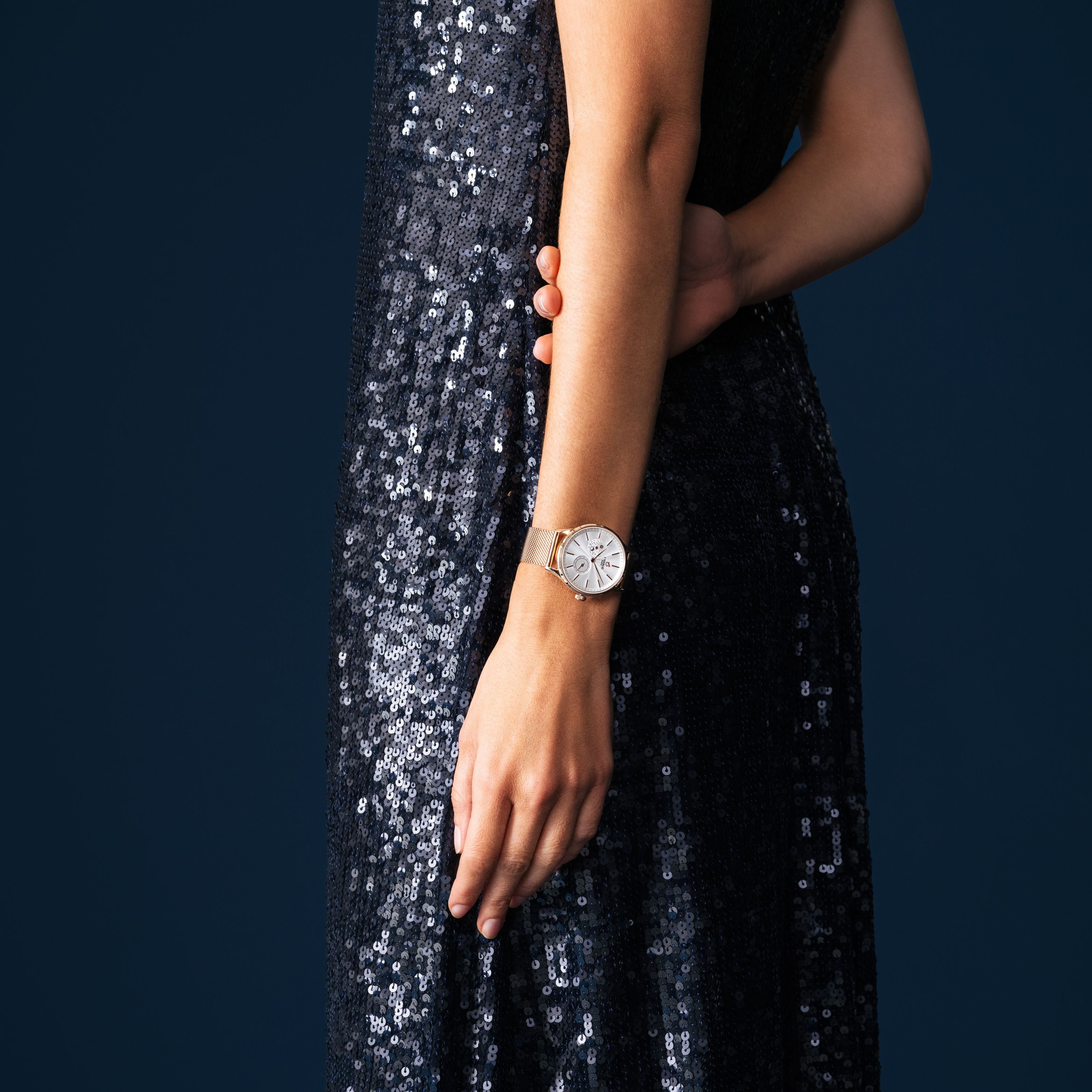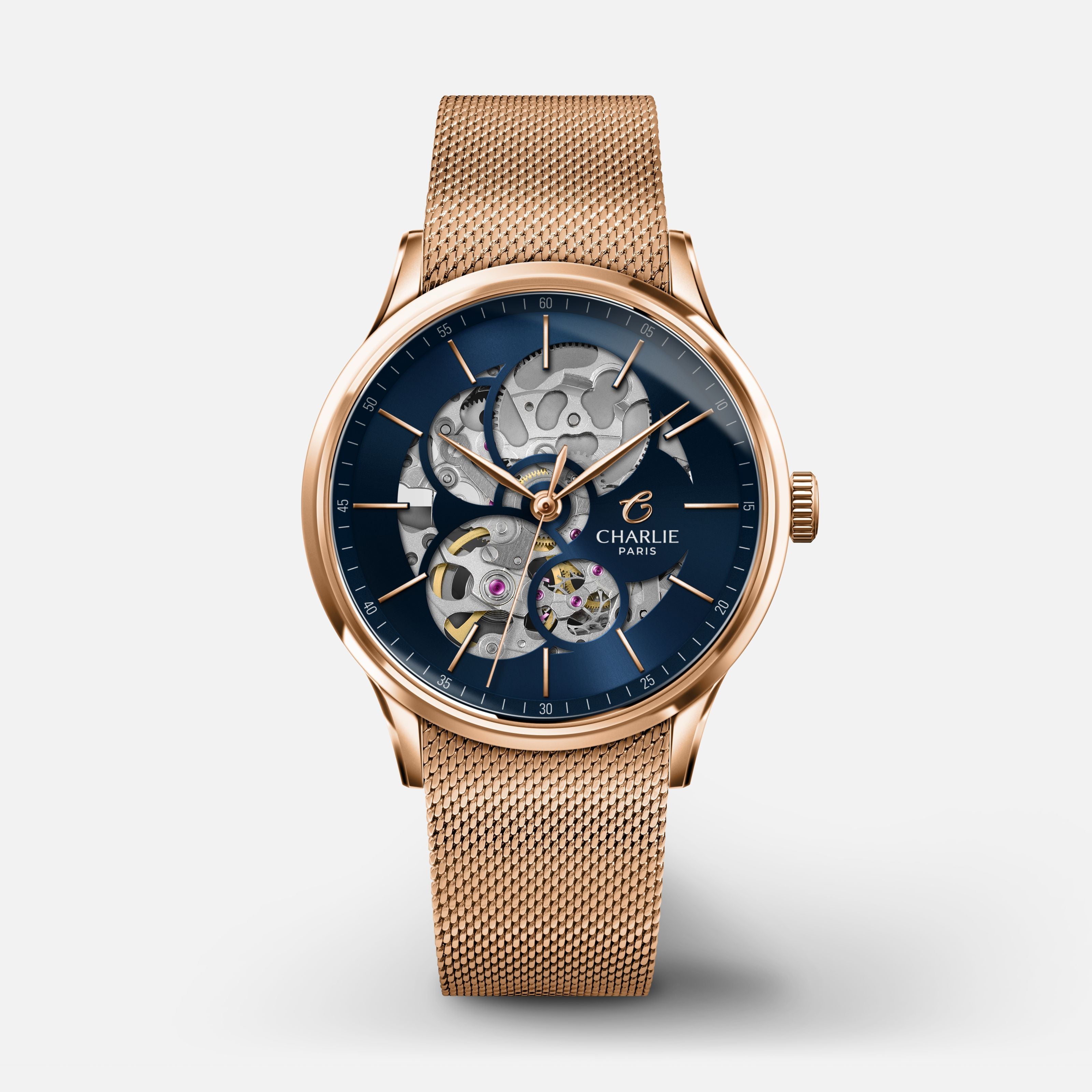Steel is a metal alloy made up mainly of iron and carbon. There are several types of steel, some of which are stainless. But why doesn't stainless steel rust? To answer this question, we will present you the specificities of this steel.
1. The formation of steel
Steel is an alloy of metal made up mainly of iron but also of carbon. The carbon added between 0.02% and 2% turns iron into steel and makes it even stronger but also gives it a certain "flexibility", which is why steel is widely used for construction. At this point steel is not a stainless alloy. Above 3% carbon, iron becomes cast iron but this large amount of carbon makes this metal very hard but also brittle. This is why iron is nowadays almost not used in its raw form but almost automatically converted into steel.
2. Steel, an oxidizable alloy
Raw steel is an oxidizable alloy. It will naturally bond with the oxygen molecules present in the air or water through oxidation-reduction reactions. This reaction is more commonly called "corrosion". These reactions result in the appearance of iron oxide and hydroxide, also known as "rust", the famous red-orange substance found on some iron structures. Rust is a destructive agent that consumes steel, and leads initially to the creation of small holes on the surface of a steel element, until the complete decomposition of the latter, hence the need to create a durable alloy over time escaping these reactions.
3. From steel to stainless steel
Strauss and Maurer, two German chemists, filed a patent in 1912 to exploit the first stainless steel, a clever mixture of steel, chromium and nickel that makes the steel very resistant to corrosion and prevents it from rusting. The chromium content of stainless steel is at least 10.5%, its carbon content must be less than 1.2% and its nickel content of about 8%. 3 categories of stainless steel exist: ferritic, martensitic and austenitic stainless steels.
4. What are the characteristics of 316 and 316L steel?
316L steel is a type of austenitic stainless steel with a carbon content of no more than 0.02%, the amount of chromium is around 17% and the nickel content is 10-12.5%. To this alloy is added 2 to 2.5% of Molybdenum. The L in the abbreviation 316L means that it is a "low carbon" steel. The fact that there is a minimum of carbon in the structure of this alloy prevents the creation of this precipitation and therefore the steel is not subject to corrosion.
5. Why is there stainless 316L-Steel in our watches?
For all our men's watches and women's watches we have chosen to work with stainless steel 316L. As you can see, this alloy is known for its durability and also its high resistance to corrosion, 2 elements that we consider essential for the case of our automatic watches. From an aesthetic point of view, 316L steel is a stainless steel whose brilliance lasts over time and does not tarnish.
Finally, 316L steel can be recycled very easily and completely. Thus stainless steel watches can have a new life. Stainless steel can be recycled endlessly without losing its quality. The commitment of an ecological point of view being part of the strong values at Charlie Paris, it is naturally that we turned to this type of steel for our Made in France watches.
Read more
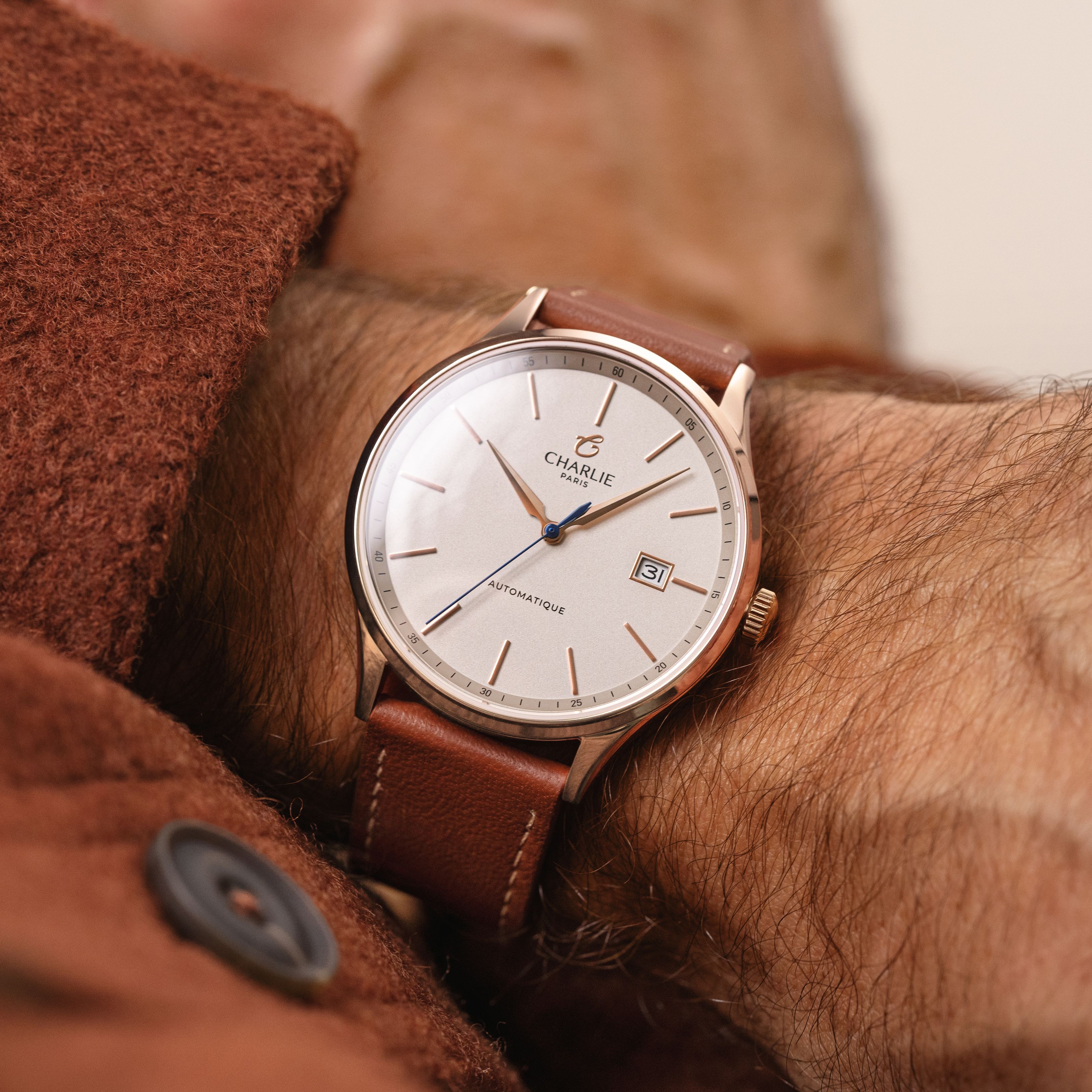
Before the invention of the watch, it was not easy to have an idea of the time, it was necessary to wait to go to a city to consult the only clock hanging on the bell tower.

Between the Sapphire glass, the mineral glass or the acrylic glass, it's difficult to see the difference. The Charlie team explains in detail the characteristics of each.
